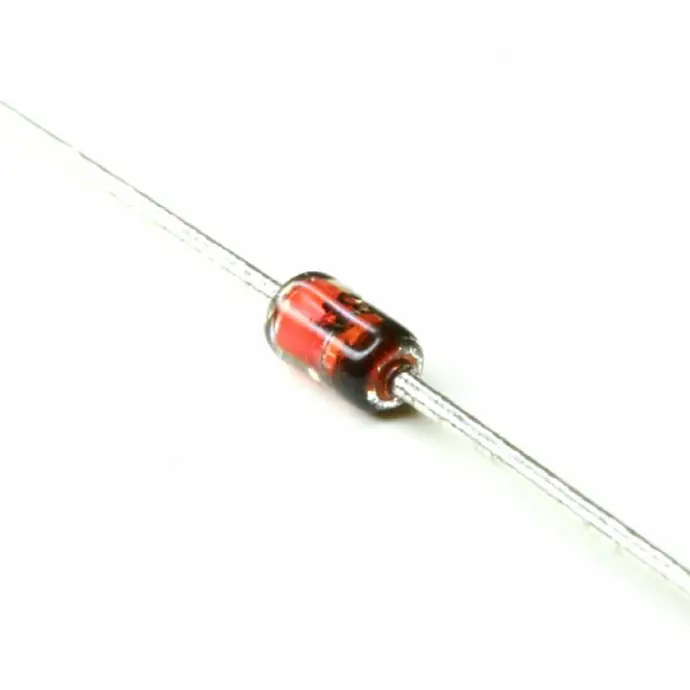Zener Diode 3.3V
A strongly doped semiconductor device created to work oppositely is a Zener diode, sometimes referred to as a breakdown diode. A Zener diode’s junction collapses, and current flows in the opposite direction when the voltage between its terminals is reversed and the potential approaches the Zener voltage (also known as the knee voltage). The Zener Effect is the name of this phenomenon.
As a voltage regulator Zener Diode shunt voltage regulators, the use of Zener diodes is frequently employed to control the voltage across tiny loads. With Zener Diodes, the breakdown voltage is sharply reversed and remains constant over a wide range of currents. To ensure that the applied voltage will reverse bias the Zener diode as a voltage regulator, we will thus link it in parallel with the load. Therefore, the voltage across the stream will be constant across the Zener diode if the reverse bias voltage exceeds the knee voltage.
Nominal Zener Voltage | 3.3V |
Diode Configuration | Single |
Mounting Type | Through Hole |
Number of Elements per Chip | 1 |
Package Type | DO-35 |
Zener Type | Voltage Regulator |
Zener Voltage Tolerance | 6% |
Pin Count | 2 |
Test Current | 5mA |
Maximum Zener Impedance | 550Ω |
Dimensions | 1.7 (Dia.) x 3.9mm |
Maximum Operating Temperature | +175 °C |
Typical Voltage Temperature Coefficient | -0.02 %/°C, 0.02%/°C |
